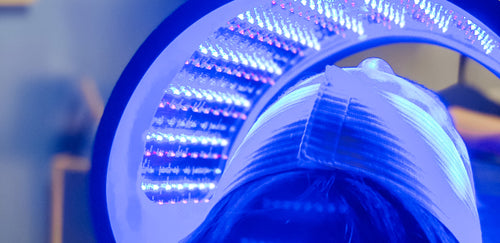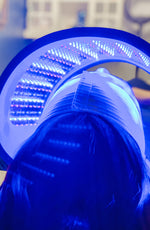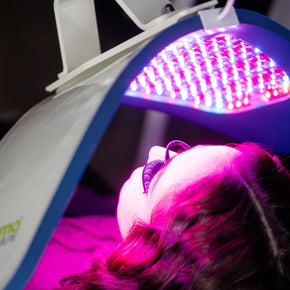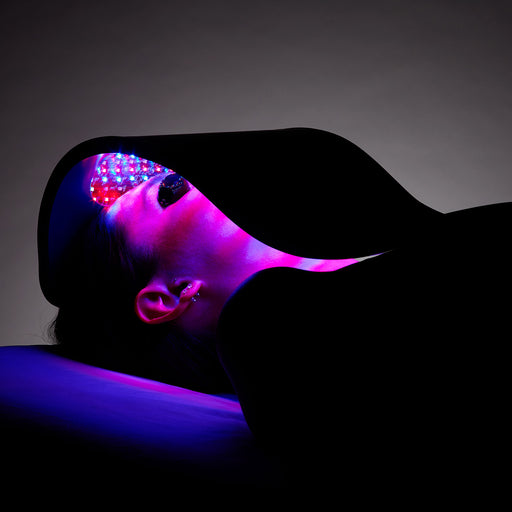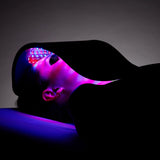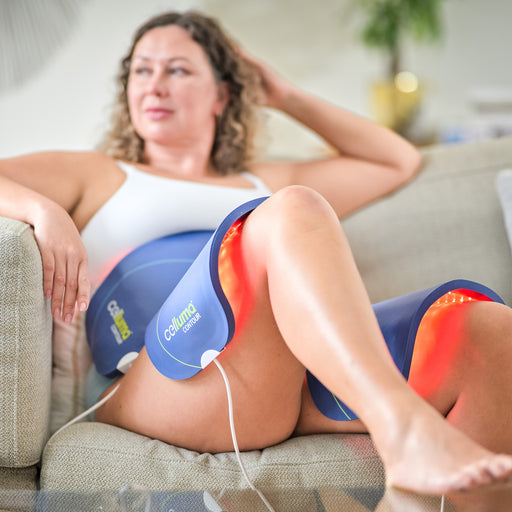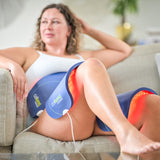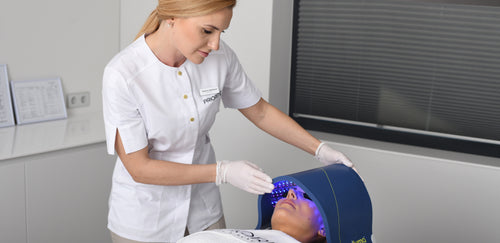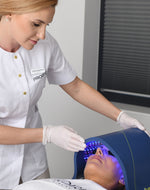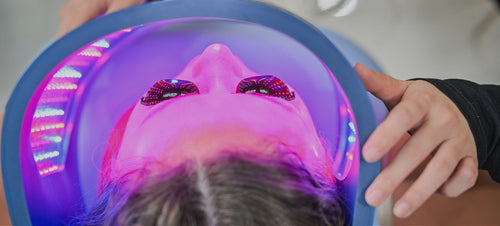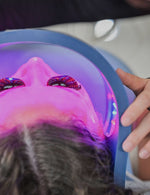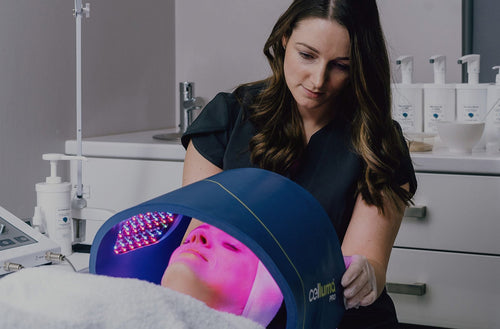

Celluma Professional Solutions
Elevate your practice with the most trusted, clinically proven, professional-grade LED light therapy.
Who qualifies: A licensed professional in the medical or aesthetic fields providing Celluma Light Therapy services to their patients/clients.
stimulate hair growth
reduce inflammation
increase circulation
firm skin
relieve pain
clear breakouts
stimulate hair growth
reduce inflammation
increase circulation
firm skin
relieve pain
clear breakouts
stimulate hair growth
reduce inflammation
increase circulation
firm skin
relieve pain
clear breakouts
stimulate hair growth
reduce inflammation
increase circulation
firm skin
relieve pain
clear breakouts
stimulate hair growth
reduce inflammation
increase circulation
firm skin
relieve pain
clear breakouts
stimulate hair growth
reduce inflammation
increase circulation
firm skin
relieve pain
clear breakouts
stimulate hair growth
reduce inflammation
increase circulation
firm skin
relieve pain
clear breakouts
stimulate hair growth
reduce inflammation
increase circulation
firm skin
relieve pain
clear breakouts
stimulate hair growth
reduce inflammation
increase circulation
firm skin
relieve pain
clear breakouts
stimulate hair growth
reduce inflammation
increase circulation
firm skin
relieve pain
clear breakouts
stimulate hair growth
reduce inflammation
increase circulation
firm skin
relieve pain
clear breakouts
stimulate hair growth
reduce inflammation
increase circulation
firm skin
relieve pain
clear breakouts
stimulate hair growth
reduce inflammation
increase circulation
firm skin
relieve pain
clear breakouts
stimulate hair growth
reduce inflammation
increase circulation
firm skin
relieve pain
clear breakouts
stimulate hair growth
reduce inflammation
increase circulation
firm skin
relieve pain
clear breakouts
stimulate hair growth
reduce inflammation
increase circulation
firm skin
relieve pain
clear breakouts
Why Celluma?
The Clinical Gold Standard
Celluma is the best and most trusted professional grade LED light therapy in the industry
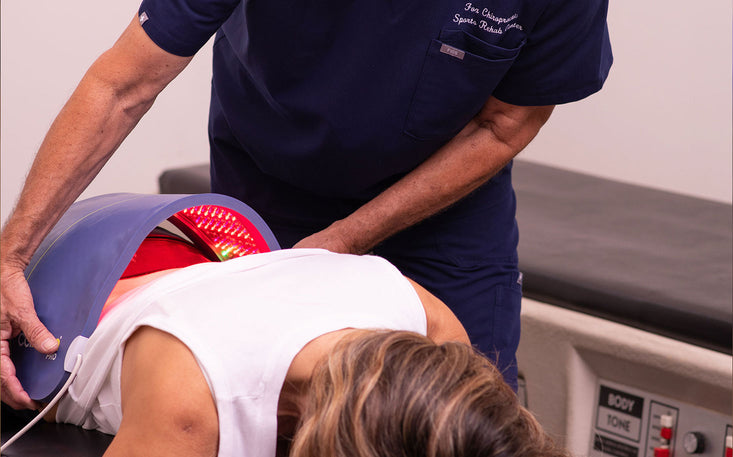
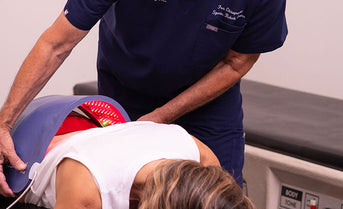
CELLUMA IN PRACTICE
Dr. Daniel Fry Uses Celluma Daily in His Chiropractic Practice
Selecting the Right LED Solution
The Celluma Difference
Backed By Clinical Research
-
Aging Skin
2 studies
Low Level Light Therapy with Light-Emitting Diodes for the Aging Face. Clinics In Plastic Surgery, 2016
Low Level Laser (Light) Therapy (LLLT) for Cosmetic Medicine and Dermatology. Photobiology.info, 2014
-
Hair Growth
2 studies
Role of Low-Level Light Therapy (LLLT) in Androgenetic Alopecia. PubMed, 2021
Photobiomodulation for the management of alopecia: mechanisms of action, patient selection and perspectives. PubMed, 2019
-
Acne
2 studies
Effect of Blue Light on Acne Vulgaris: A Systematic Review. Sensors (Basel), 2021
Blue and red light combination LED phototherapy for acne vulgaris in patients with skin phototype IV. Lasers Surg. Med., 2007
-
Body Contouring
2 studies
Body Contouring Using Low Level Light Therapy, 2013. Full PDF | PubMed Abstract
Low-Level Laser Therapy for Fat Layer Reduction: A Comprehensive Review. Lasers Surg Med, 2014
-
Pain Management
2 studies
Low-intensity LASER and LED (photobiomodulation therapy) for pain control of the most common musculoskeletal conditions. PubMed, 2022
Mechanisms and applications of the anti-inflammatory effects of photobiomodulation. PubMed, 2017
Celluma Professional Programs
Affiliate Program
Rental Program
Reseller Program
WE'RE HERE TO HELP
Frequently Asked Questions
-
YES! Contact us at info@celluma.com or (714) 978-0080 to speak with a Clinical Sales Specialist who can break down the professional pricing options.
-
The most significant difference is that Celluma devices are flexible and shape-taking, without the need to hold it in place or the need to use a stand or cradle. Almost all Celluma devices can be contoured to the treatment area. Several devices are battery powered meaning they do not need to be plugged into a power outlet to be used, making them extremely versatile. The Celluma SERIES is the most medically credentialled LED device in theworld as well as the most award winning. The Celluma PRO and iPRO (battery powered) are popular and versatile devices.
-
When using any chemical peel with light therapy it is advisable to consult with the manufacturer of the peel for advice and recommendations. Many peel manufacturers have LED protocols. Practitioners are advised to use their professional judgement on how to proceed based on the information provided by the peel manufacturer. The reason for the waiting period is because some peels contain photoactive ingredients. Some of these ingredients may be left on the skin after the peel and could be unintentionally reactivated by the light therapy which is why Practitioners need to contact the peel manufacturer to gain an understanding of the peel ingredients. Generally speaking, light therapy may be applied prior to Chemical Peels or 24-48 hours after for a superficial peel. After a medium depth peel, wait at least 72 hours unless directed otherwise by a physician. If using a “very superficial peeling agent” you can use LED immediately following the treatment if the peeling agent has been completely neutralized. Always check with the manufacturer of the peel agent to confirm that the product is categorized as “very superficial” as determined by the pH level and the product % of active ingredients. CAUTION: DO NOT apply LED therapy after a chemical peel on the same day, unless the above mentioned is the case, or a physician has given direction to do so.
-
Your skin is the most miraculous “bio-barrier ever designed. It’s meant to keep things out. We have not seen any rigorous clinical studies that prove there is a synergistic effect between LED treatment and serum penetration. The molecules in topically applied products are just too big to be “driven” deeper into the tissue. We do however know that the serums being sold by other light therapy companies can block light penetration by 30 – 100%, curtailing the therapeutic benefit of the light therapy. When you consider that topical treatments are intended to affect only the first couple millimeters of the skin and light therapy penetrate as deep as 25mm below the surface of the skin, down into the subcutaneous tissue, why would you ever put something on the skin that would diminish the impact of the light therapy. For this reason, we always recommend that light treatments be done on clear, dry, bare skin and the application of products should follow.
-
Using light therapy while using retinols should generally be done with caution and under the guidance of a skin care professional or dermatologist. Both retinoids (such as retinols) and certain light therapies can make the skin more sensitive and prone to irritation. However, it is not a definite contraindication. Some types of light therapies, like LED light therapy, may be less likely to cause adverse reactions when used with retinoids compared to others, such as intense pulsed light (IPL) or laser treatments. Nevertheless, combining treatments could potentially increase the risk of skin irritation, redness, or sensitivity. Always consult a dermatologist or skin care professional who can assess your specific situation. They can provide personalized advice and may suggest adjusting the timing or frequency of treatments to minimize the risk of adverse reactions. Additionally, they might recommend specific products or formulations that are better suited for use in conjunction with light therapy.
TESTIMONIAL
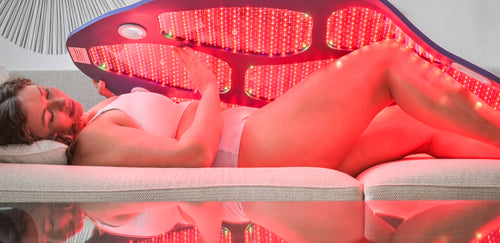
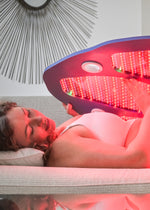
THE MOST AWARDED LIGHT THERAPY COMPANY ON EARTH
- 2022 Readers' Choice
![Award Skin Deep Magazine for Best LED Device]()
- Aesthetics Awards Winner 2019 Product Innovation of the Year
![Award Aesthetics Journal: Product Innovation of the Year]()
- Aestheticians' Choice 2023 Dermascope Awards
![Award American Spa Magazine for Celluma Light Therapy]()
- 2022 Readers' Choice
![Best Full-Body LED Device Celluma - Award Dermascope Magazine]()
- Aesthetics Awards Winner 2019 Product Innovation of the Year
![Award American Spa Magazine for Celluma Light Therapy]()
- Aestheticians' Choice 2023 Dermascope Awards
![Award Skin Deep Magazine for Best LED Device]()
- 2022 Readers' Choice
![Award Aesthetics Journal: Product Innovation of the Year]()
- Aesthetics Awards Winner 2019 Product Innovation of the Year
![Best Full-Body LED Device Celluma - Award Dermascope Magazine]()
- Aestheticians' Choice 2023 Dermascope Awards
![Award Skin Deep Magazine for Best LED Device]()
